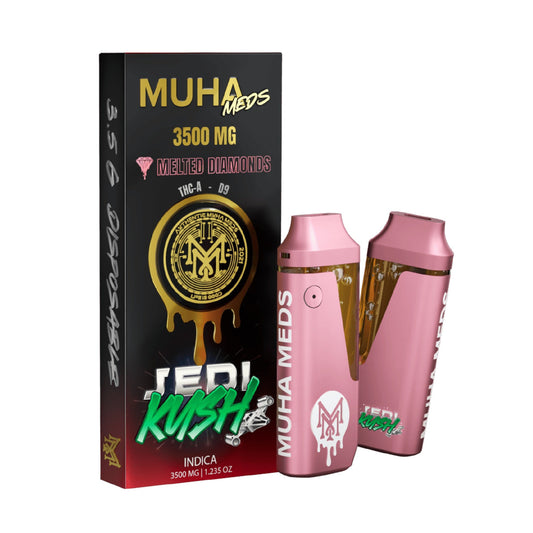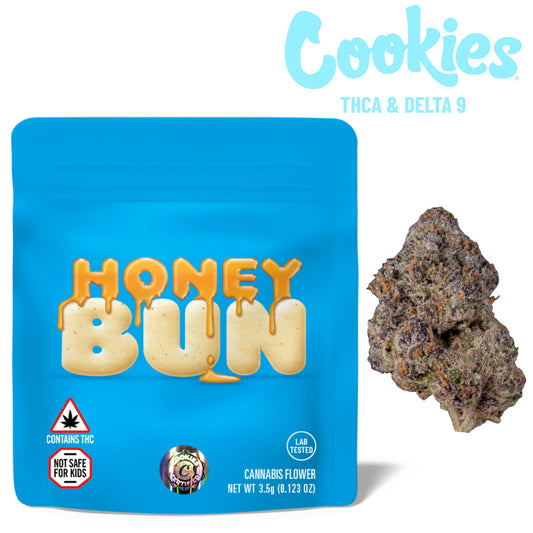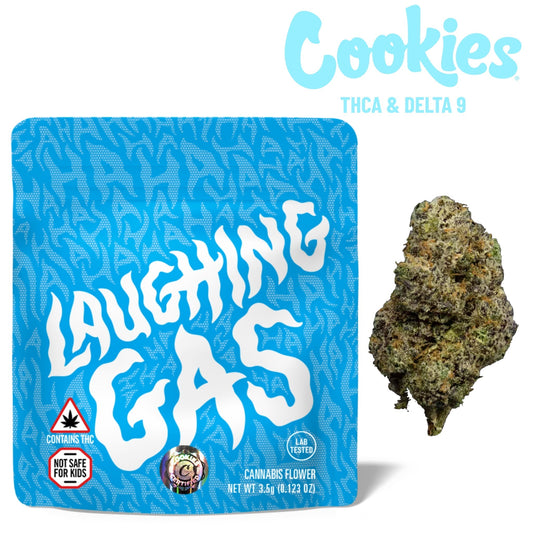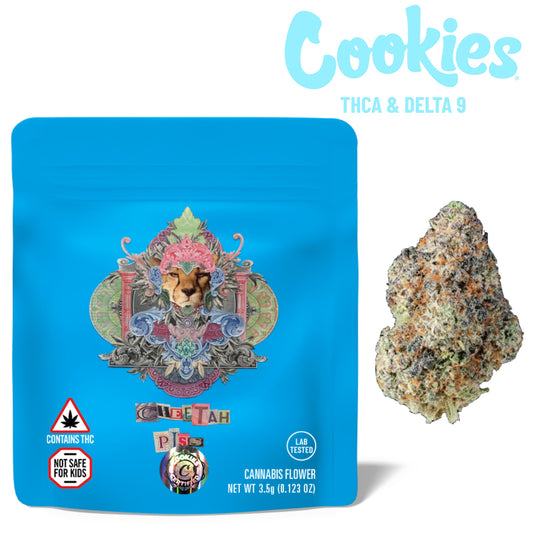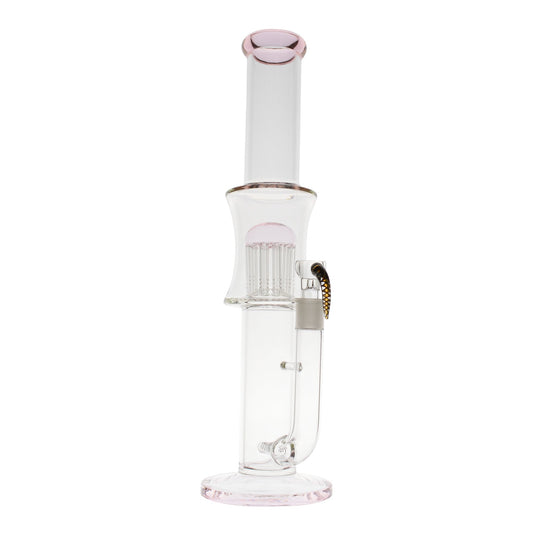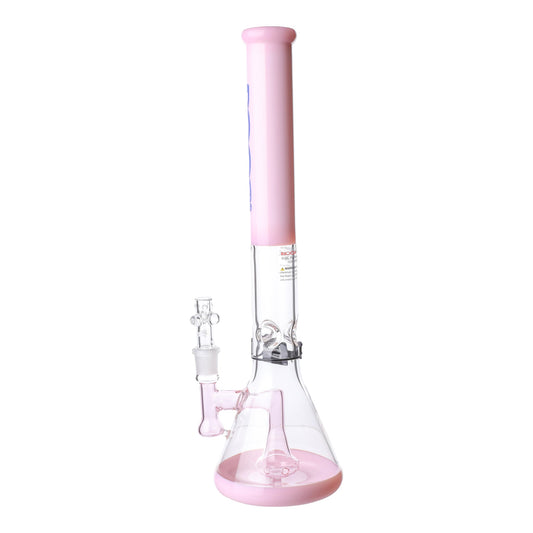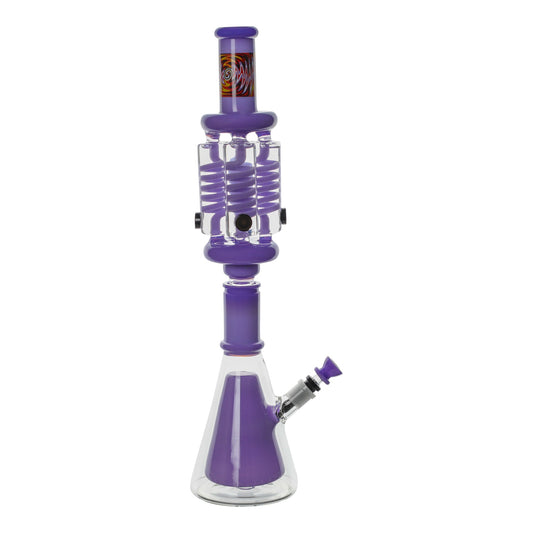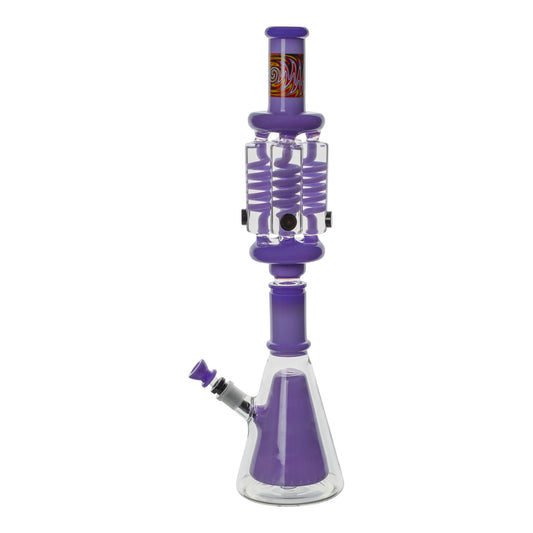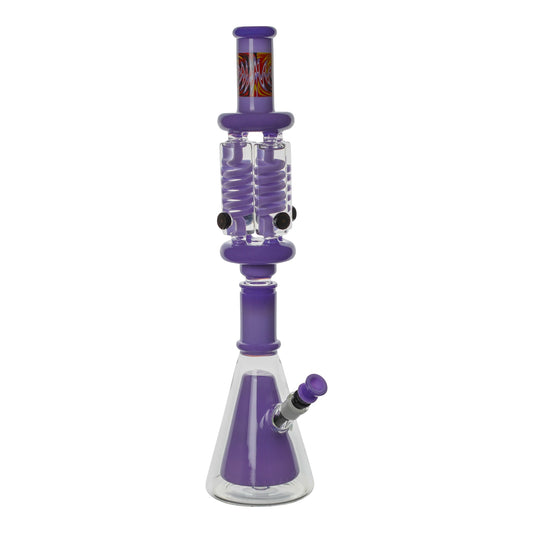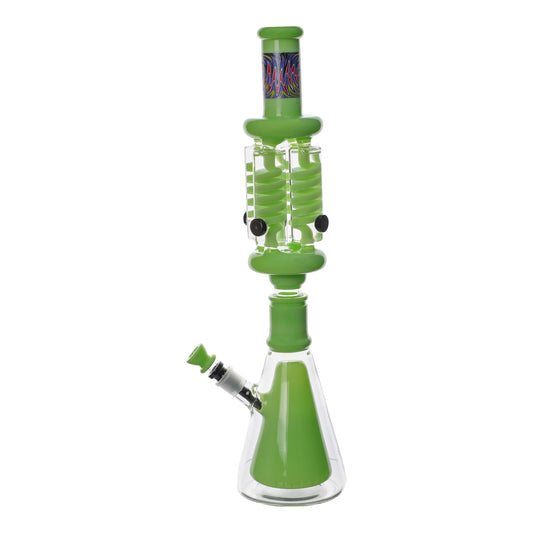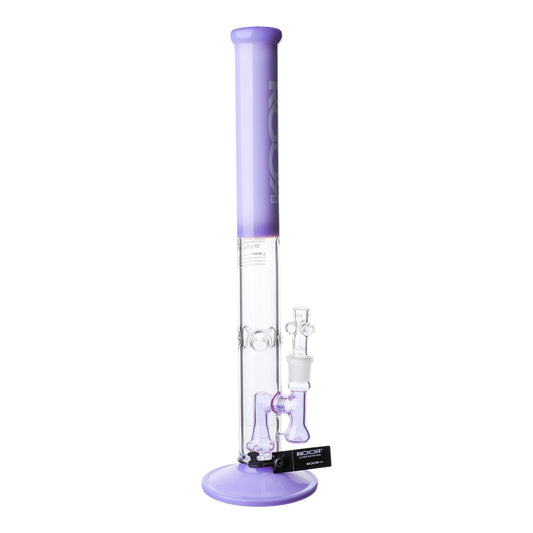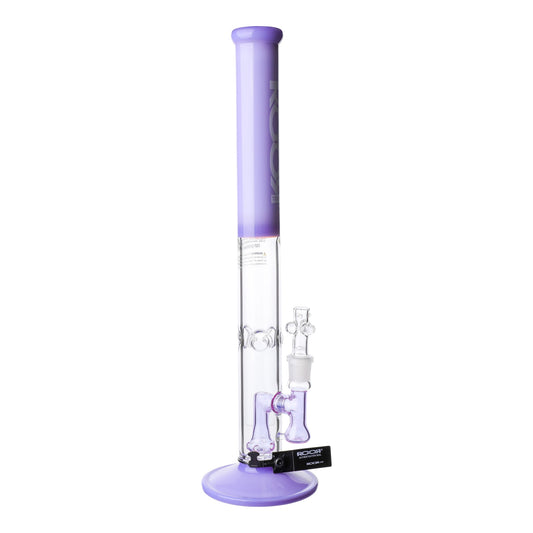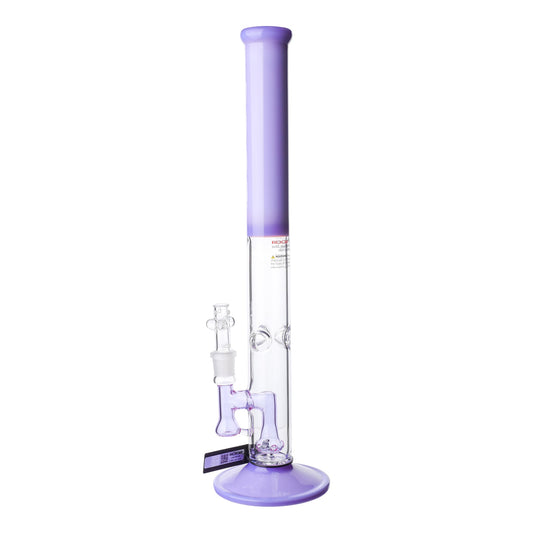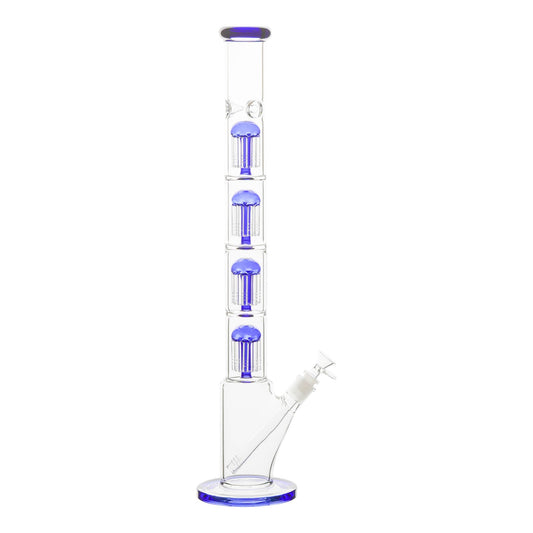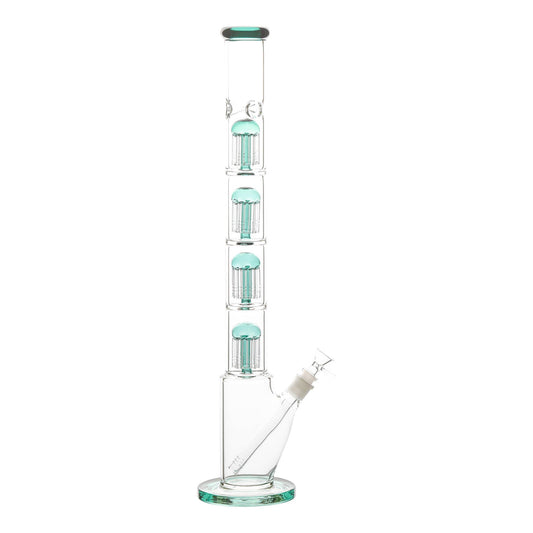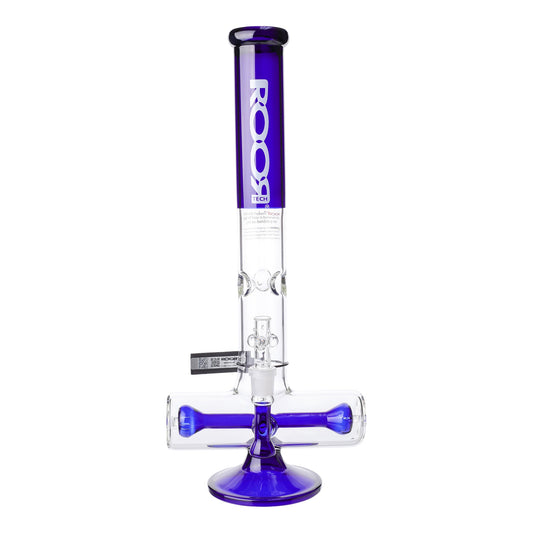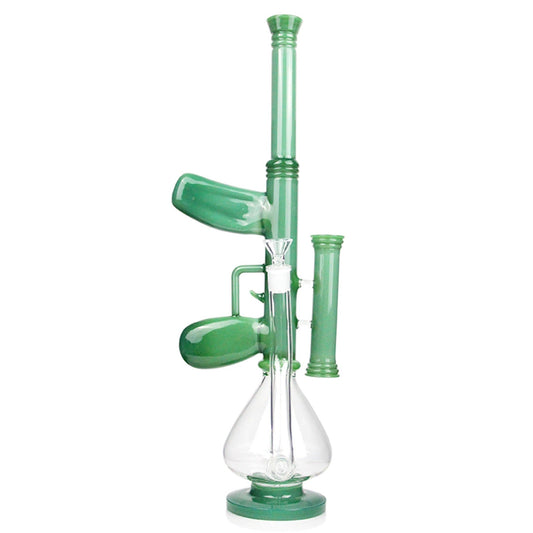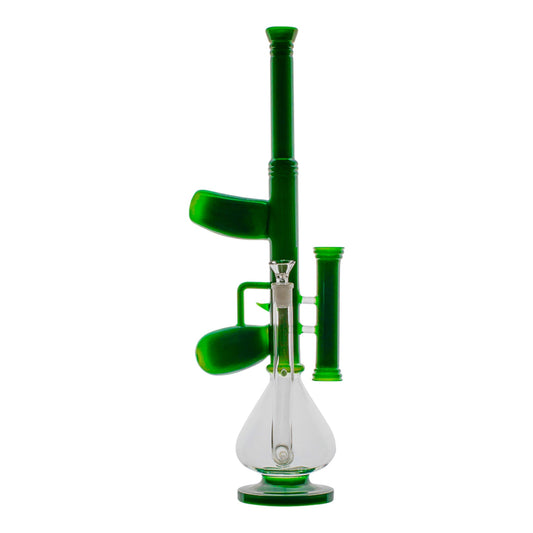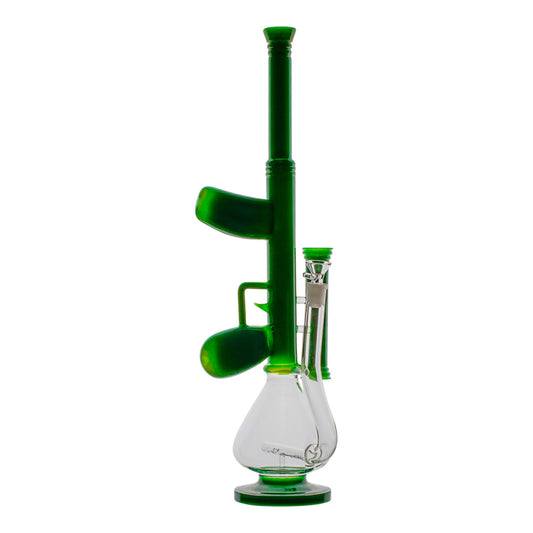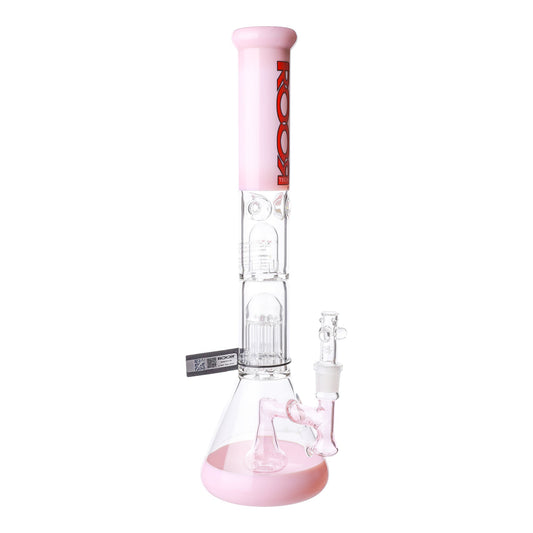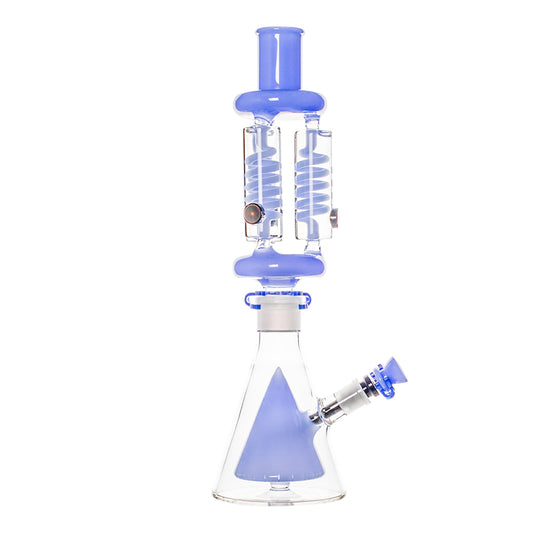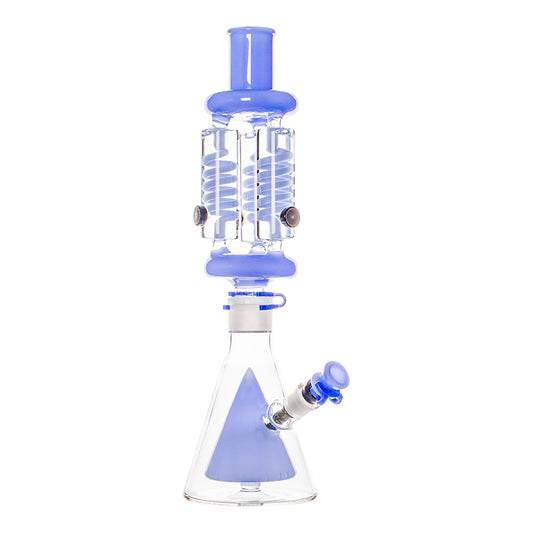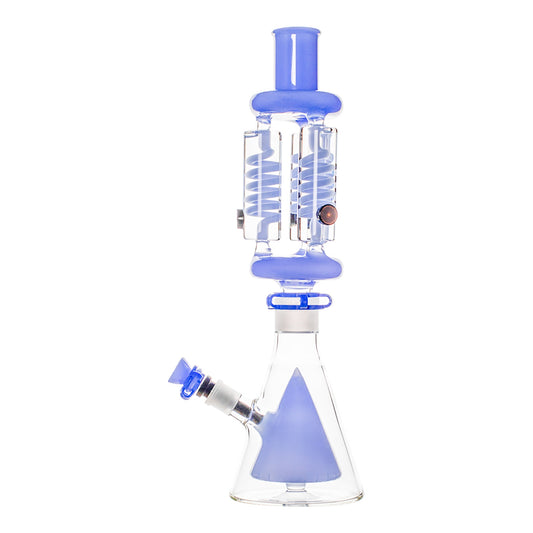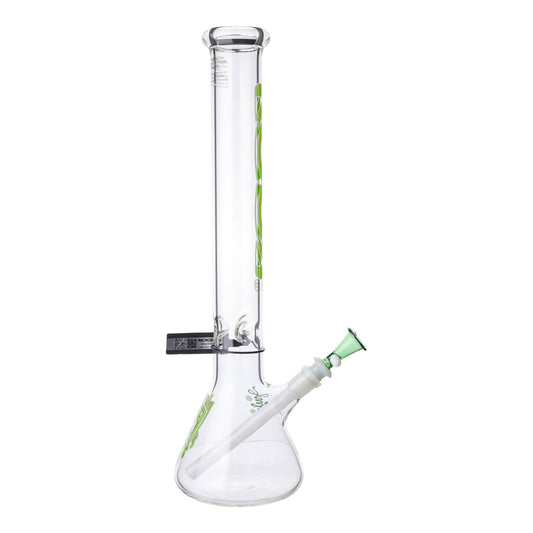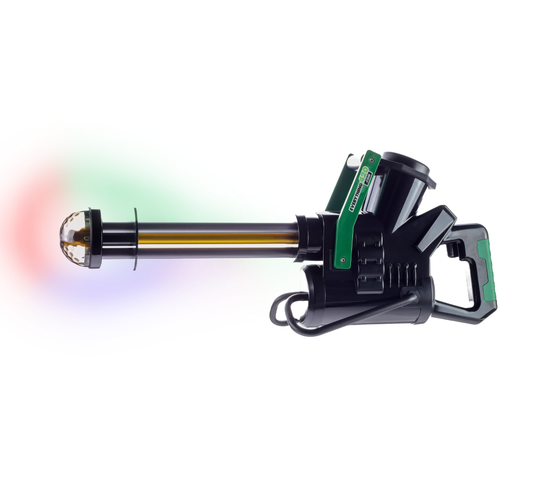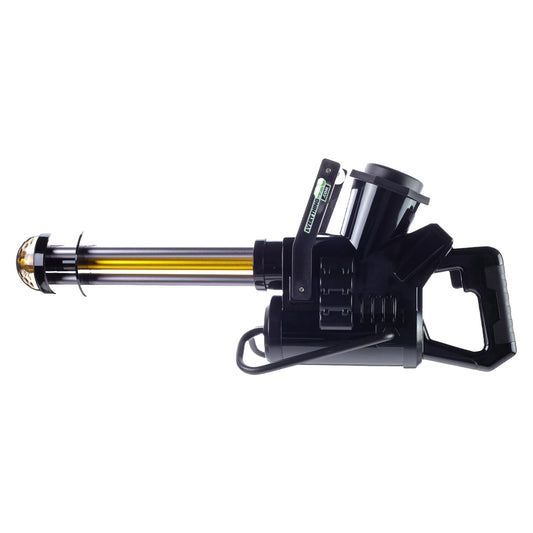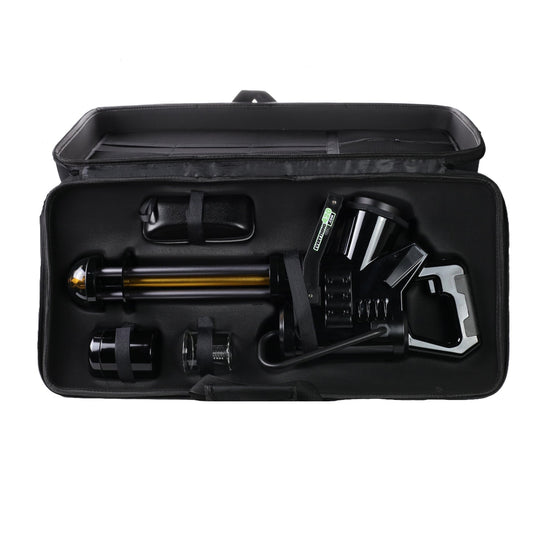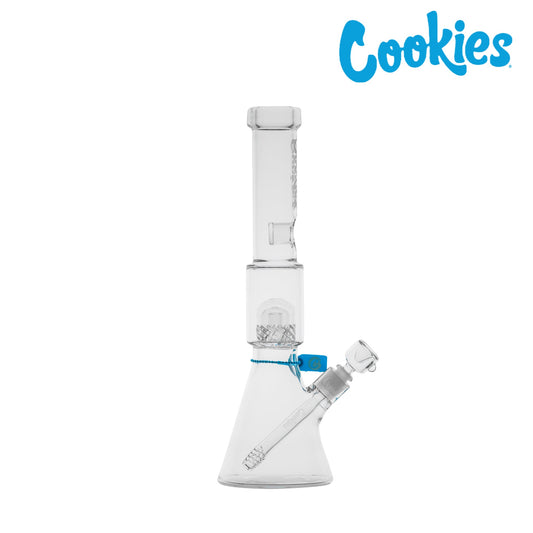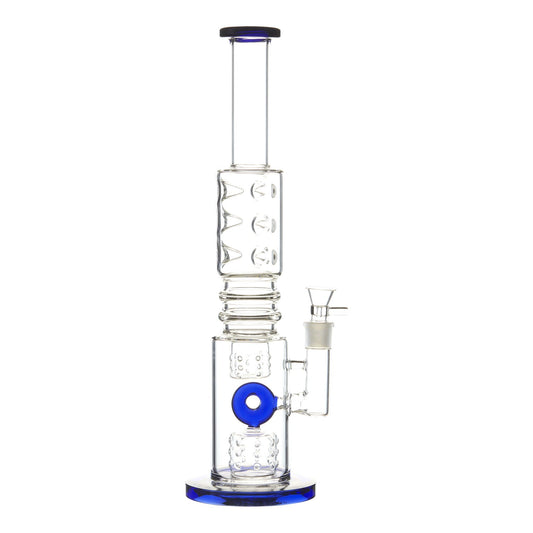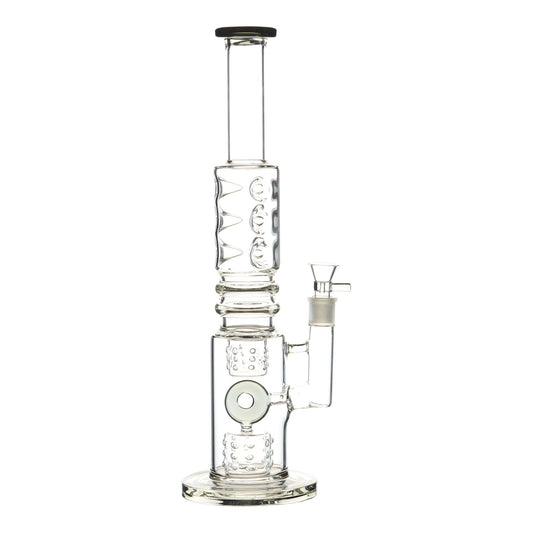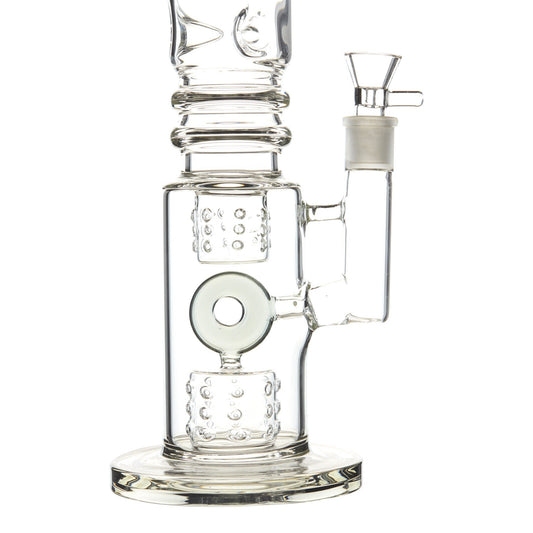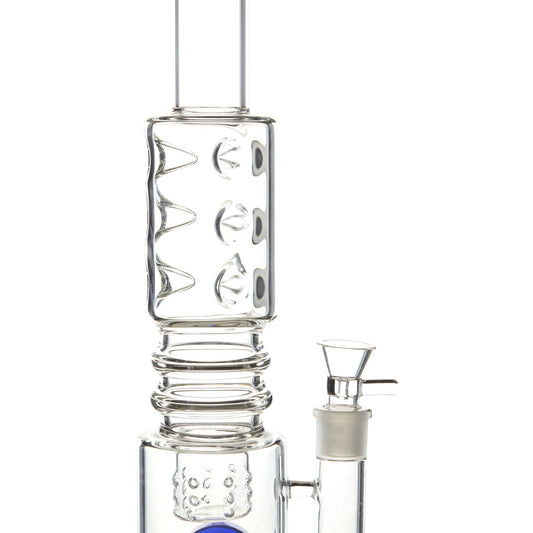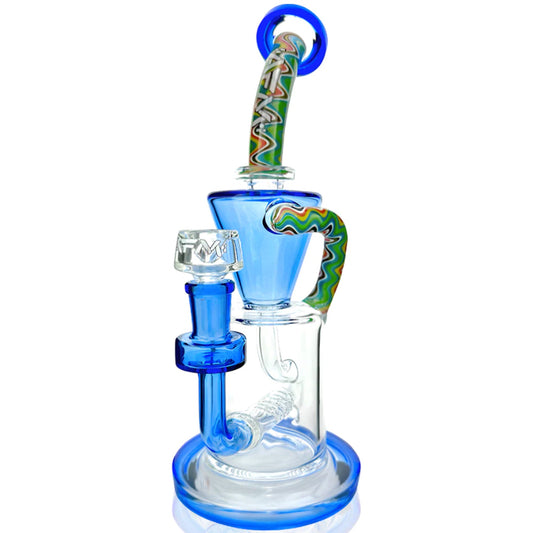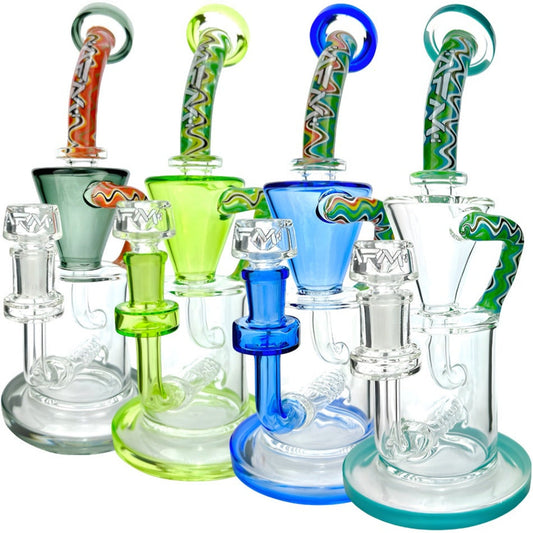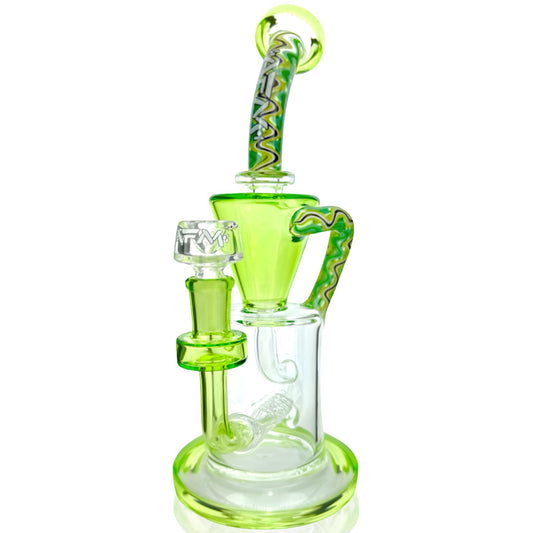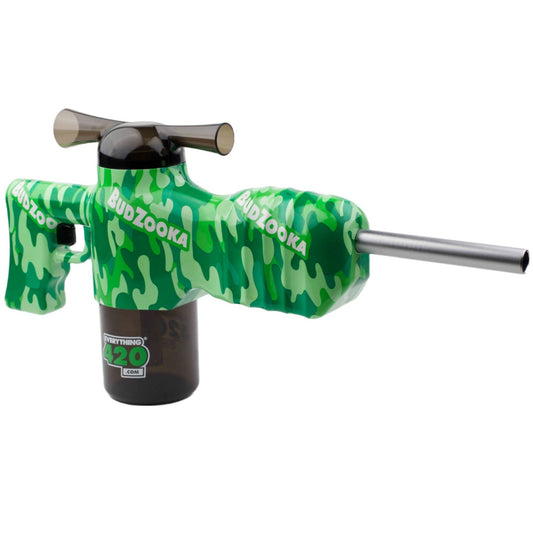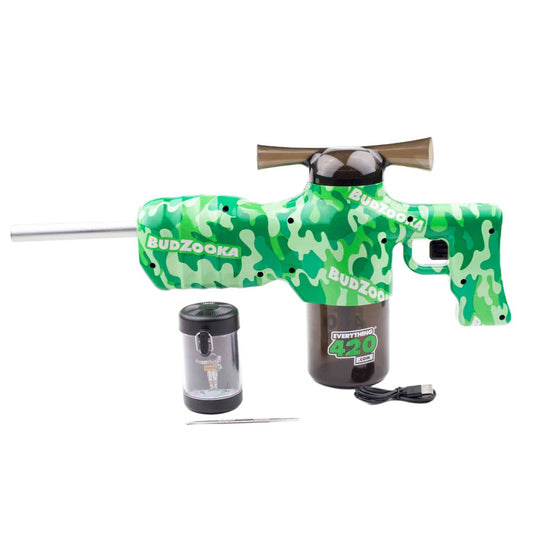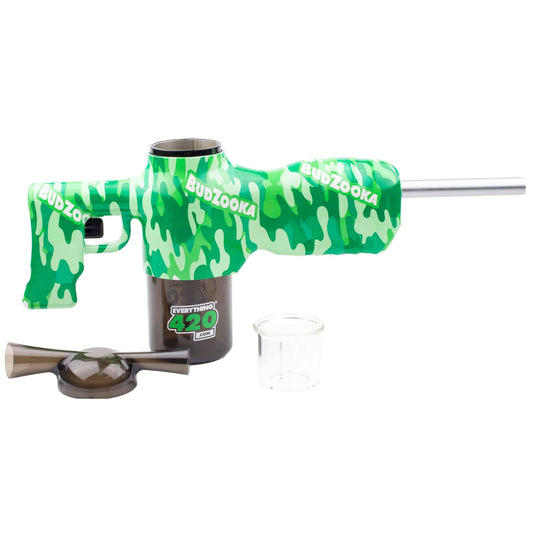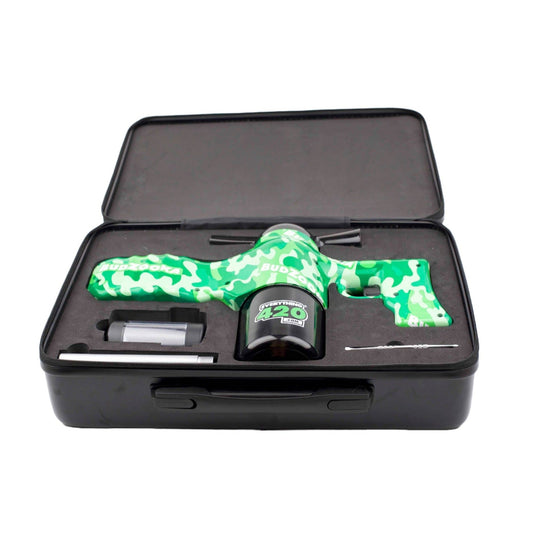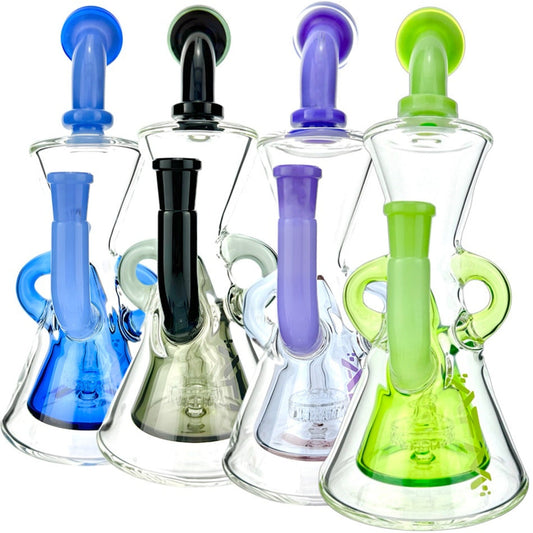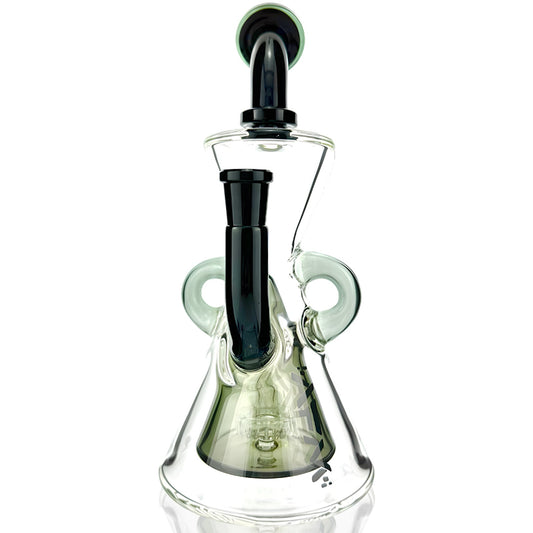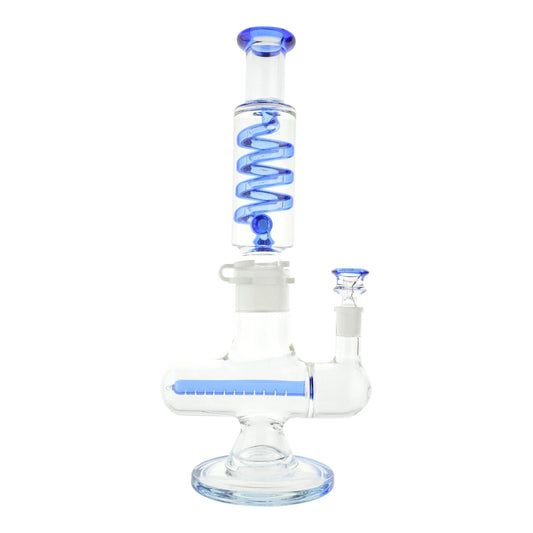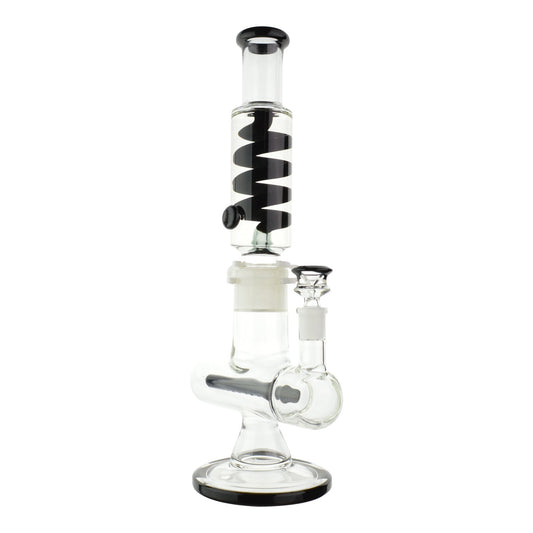Some say we’re living in the Golden Age of Technology – quite the bold statement, considering every major advancement from previous eras has lead the generation of that time to state the same. Then again, all our media is digital, you can look at pictures of naked people from anywhere, and you can read dumb shit the president Tweets at all hours of the night. Aside from all the strange and wonderful things we have on the Internet, weed technology has also benefited because of easily accessible information.
From dabbing, vaping, and the awesome strains horticulture artists have produced, even regular glass has been reimagined to do awesome things: for example, consider the percolator. Below, we’ll take a look at how these devices improve your smoking experience.
What is a percolator?
For starters, the word “percolator” is a fun word to say. If you haven’t done so, go ahead and say it a few times out with a slow cadence.
Fun, right?
Quite simply, a percolator is a device that supplements your bong to provide extra filtration and cooling. These devices, when used correctly, improve the quality of each hit you take.
How does a percolator work?
A percolator is designed to act as a diffuser for the smoke you inhale through the bong. Each design is different, so the effects vary between devices and the bong you use.
You already understand that water cools smoke. This is because at the point of ignition, the initial smoke is just as hot as the flame used to either spark a bowl, or the temperature of the banger/nail used to vaporize your concentrates. Soon after, smoke touching the air around it begins to cool because of thermal equilibrium.
While the smoke is on it's way to the water, it further cools while passing through the surrounding air. When it hits the water – a much denser and usually cooler substance – the next major wave of heat exchange begins, further cooling the smoke.
The percolator acts as an intermediary in the process, diffusing the smoke just before contacting the water. Designs vary, where some designs will have a single stem or chamber and others have multiple stems, usually builtin to a bong. Plus, the kinds of “holes” or "slots" in each device's stem will vary in shape, size, and number. Quite simply, the more diffusion (usually, several smaller holes works best, but it depends), the more the smoke cools.
The actual heating (and cooling) process can be described by convection, where a high ratio of surface area to volume will typically result in more effective cooling. This is simply because of the fact that during the diffusion process, volume is dispersed which creates more surface area.
Think of times you’ve built a snowman or have witnessed one built, even if in a movie. When the air begins to warm again, snow on the ground melts first however, the snowman will remain for a longer time compared to the ground snow.
In a sense, percolation is like turning a snowman back into ground snow, essentially allowing the heat transfer process to occur more effeciently.









